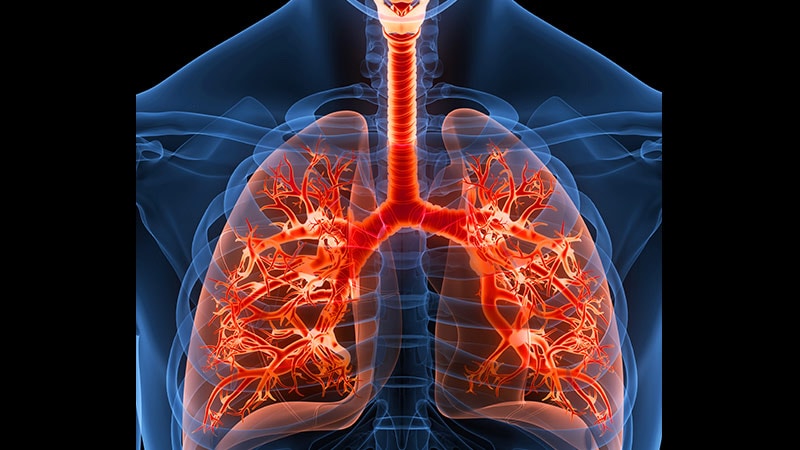Guideline name: Idiopathic pulmonary fibrosis in adults: diagnosis and management [CG163]
Published: June 2013; Last updated: May 2017
Takehome
- A clinical diagnosis of IPF is hard to make - it is usually made by a multidisciplinary team. It is a serious condition, with a mean survival at diagnosis of 3 years.
- Clinicians, including GPs should be aware of the clinical features of idiopathic pulmonary fibrosis (IPF), and suspected cases should be referred for evaluation by a specialist.
Diagnosis
- Be aware of idiopathic pulmonary fibrosis when assessing a patient with the clinical features listed below and when considering requesting a chest X‑ray or referring to a specialist.
- Clinicians should be aware of clinical features of IPF, which include age >45 years, persistent dyspnoea on exertion, persistent cough, bilateral inspiratory crackles, and clubbed fingers. Spirometry findings may be of limited clinical importance.
- Perform blood tests to help exclude alternative diagnoses, including lung diseases associated with environmental and occupational exposure, with connective tissue diseases and with drugs.
- Lung function test (spirometry and gas transfers), CXR, high-resolution CT.
- A diagnosis of IPF is made only with the consensus of a multidisciplinary team (usually including respiratory, radiology and histopathology experts) based on the clinical features, lung function, and radiological findings.
- If an accurate diagnosis cannot be made based on the above, the team could consider pathological findings from bronchoalveolar lavage or transbronchial biopsy and/or surgical lung biopsy.
Management
- Individually tailored pulmonary rehabilitation, including exercise and educational components, should be offered to patients based on regularly scheduled assessments.
- Supportive care should be offered starting at the point of diagnosis which is individualised as per disease severity, progression rate, and individual preferences.
- There is no evidence to support survival benefits with any drugs in patients with IPF; however, research suggests improvements in lung function.
- NICE has recommended pirfenidone and nintedanib as treatment options for IPF.
Follow-up
- Recommended follow-up schedule:
- Rapid disease progression: every 3 months or sooner.
- Steady disease progression: every 6 months or sooner.
- Stable disease: initially every 6 months and annually if the disease remains stable after a year.
- Appropriate referrals may be considered for assessment of lung transplantation requirement, psychosocial needs, palliative care needs, and comorbidities.
This summary is reviewed by Prof. Rishabh Prasad MBBS, MA, MSC, FRCGP FRSA
Please read linked summary of BTS guidance on "
References
References


